Does Snowmobile Climate Change Make Trails Less Safe?
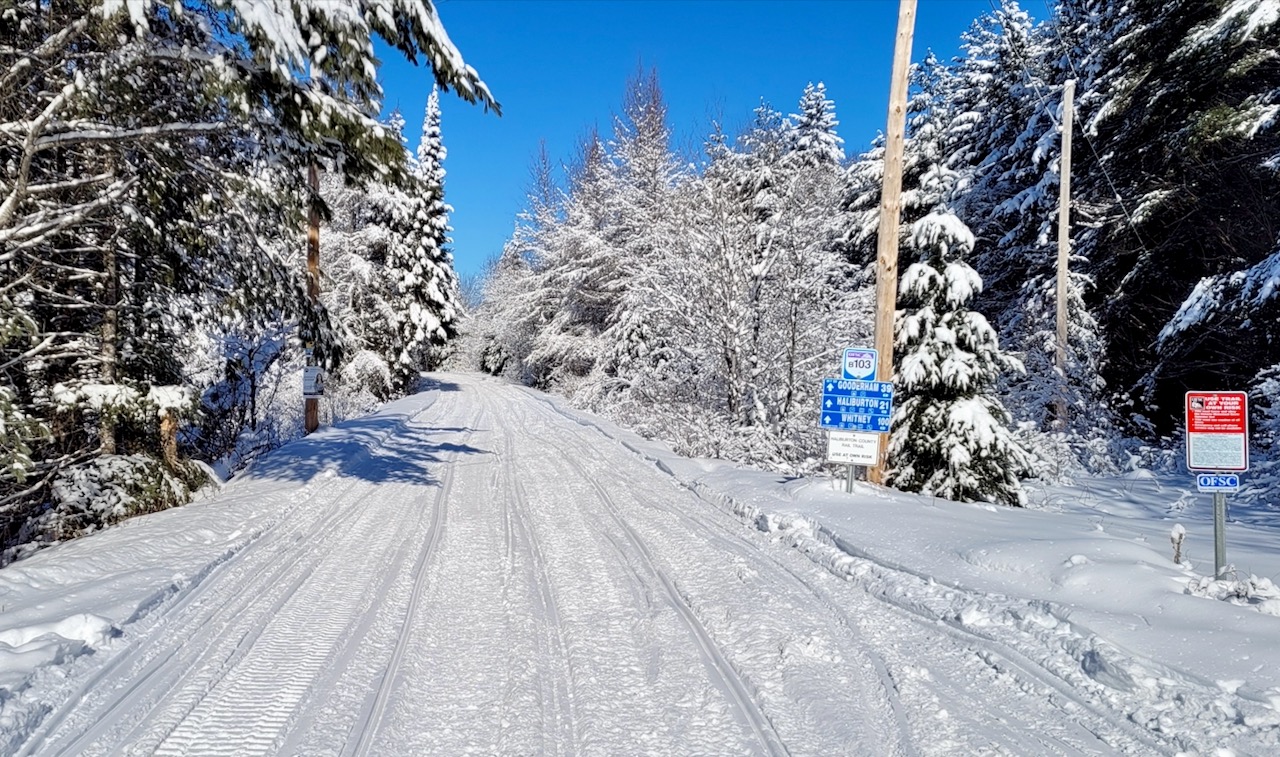
Photo Credit: Al Fletcher
Related: Snowmobiling in Winter Storms
“Police in Ontario are warning that climate change is shortening the snowmobiling season and making a growing number of trails dangerous for riders across the province.”
“The number of trails in Ontario not safe for snowmobiling has increased as the season shortens.”
Various media across the province recently carried a somewhat misleading article that included the above quotes under headlines like: “Changing Climate Makes Snowmobiling Riskier”. Short on facts and long on speculation, the article apparently resulted in part from an interview with OPP personnel.
The article talks about shorter seasons and their impact on trails, but doesn’t mention OFSC trails and obviously didn’t benefit from consulting with the OFSC prior to publication. Shame that didn’t happen, because while long-term climate change is real, there’s little evidence that it is making OFSC trails riskier to ride today. The facts prove this – starting with season length going up and down like a yo-yo for as long as I can remember…
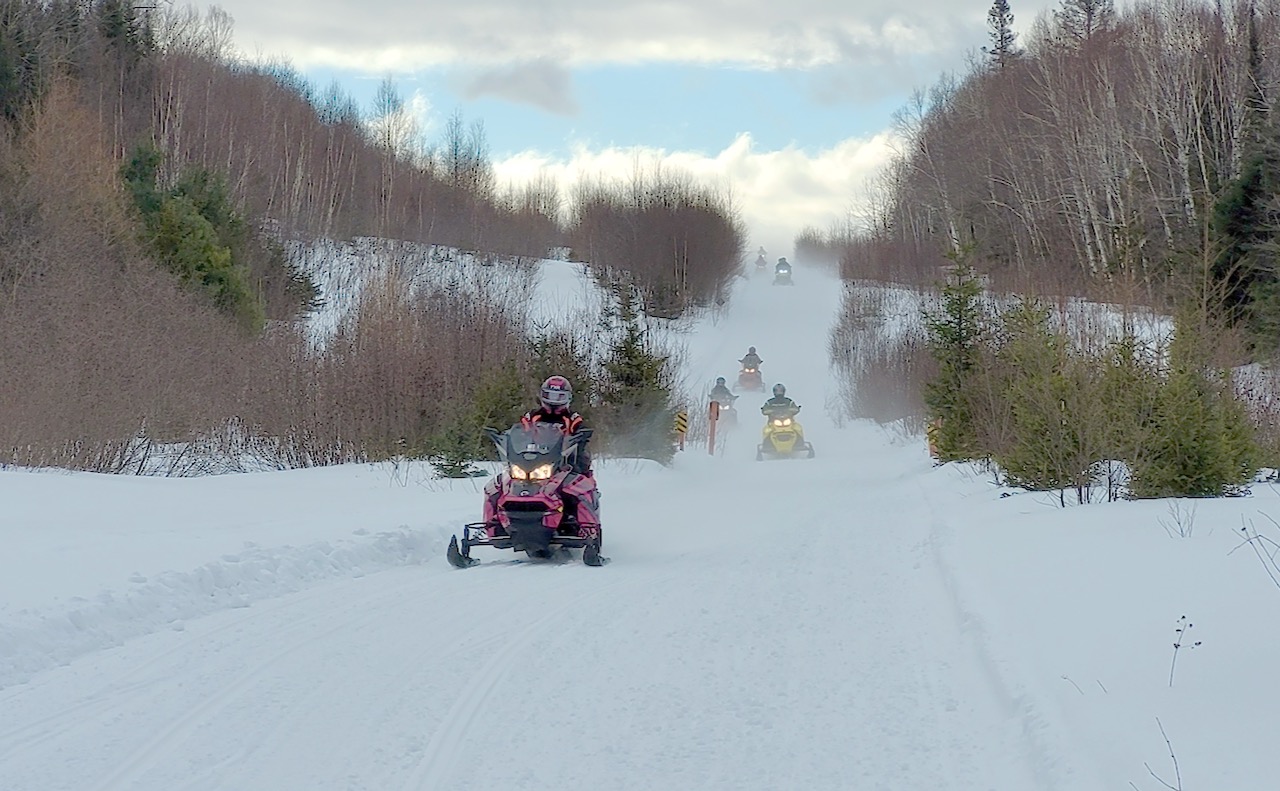
Photo Credit: Al Fletcher
Snowmobile Climate Change – Fewer OFSC Trails To Ride?
While many parts of Ontario are experiencing changes as our reliable snow line has gradually shifted north over the past 30 or 40 years, the OFSC Prescribed Snowmobile Trail System still offers a respectable 30,000 kilometres for your riding pleasure across the province.
That 30,000 km is the total of trails that can be delivered by OFSC clubs as and when circumstances allow. But it’s a rarity to see the entire system available to ride simultaneously in any winter. Trails vary among Green (Available) Yellow (Limited Availability) and Red (Unavailable), This is due to a variety of factors, including their location and terrain, what month of the season it is, and yes, those inevitable mid-season melts that seem to happen for at least a few days most years. Many other issues, such as land use problems and logging operations can also affect trail availability. That said, as you can see below, snowmobile climate change hasn’t had much of an impact on how many trails were available to ride since 2015:
- 2015 – 19 week season, peaked at 95% of network availability
- 2016 – 14 week season, peak % unavailable.
- 2017 – 16 week season, peaked at 90% of network availability
- 2018 – 20 week season, peaked at 87% of network availability
- 2019 – 19 week season, peaked at 83% of network availability
- 2020 – 16 week season (trails would have been available for several more weeks but closed Mar 21 due to pandemic outbreak), peaked at 86.3% of network availability
- 2021 – 14 week season (pandemic year 2, travel restrictions not eased end of January/some closed by Public Heath Units), peaked at 74% of network availability
- 2022 – 19 week season, peaked at 85% of network availability
- 2023 – # of weeks for season not available yet, peaked at 79% of network availability
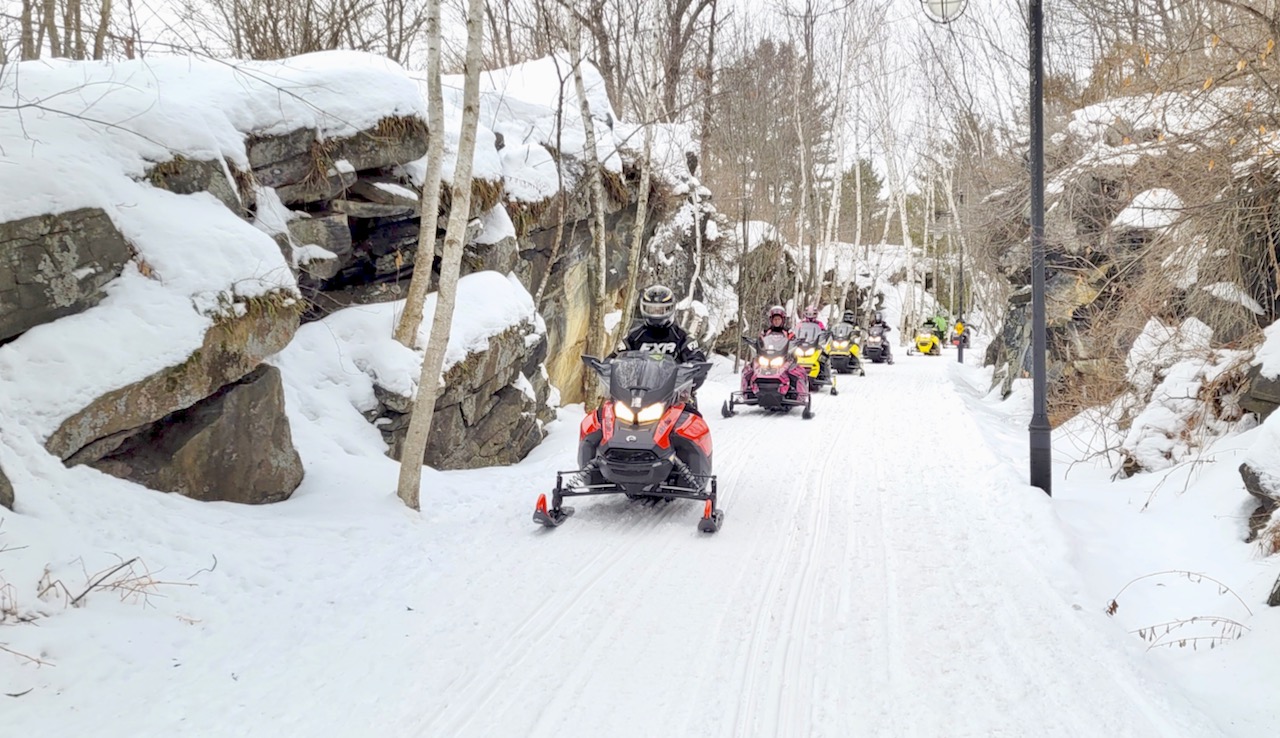
Photo Credit: Al Fletcher
Snowmobile Climate Change – Trails “Unsafe” or “Dangerous”?
The article also totally ignores the fact that according to fatality stats over the years, OFSC Prescribed Snowmobile Trails remain the safest place to ride a snowmobile. Take this year for example. With participation in OFSC trail riding up almost 15%, the OPP investigated just 13 fatalities as of March 23. Of the 13, only 4 (count ‘em, 4) actually occurred on available OFSC trails. The remaining fatalities occurred on ice (5) and off trail (4).
That means almost 70% of fatalities DID NOT occur on available OFSC trails! To say nothing of the fact that the number of Ontario fatalities is way down from a tragic high of 27 during the winter of 2017 to 15 last winter and 13 to date this year. So claiming that trails are more “dangerous” or “unsafe” due to snowmobile climate change is not only unfounded. It’s also a major insult to the clubs and volunteers who prepare, maintain and operate the trails to make available ones as physically safe in an unpredictable natural environment as humanly possible. It’s also an insult to the OFSC Interactive Trail Guide (ITG), which provides riders with updated status on what trails are available to ride. The plain fact is that snowmobile climate change hasn’t made OFSC trails unsafe or dangerous to ride.
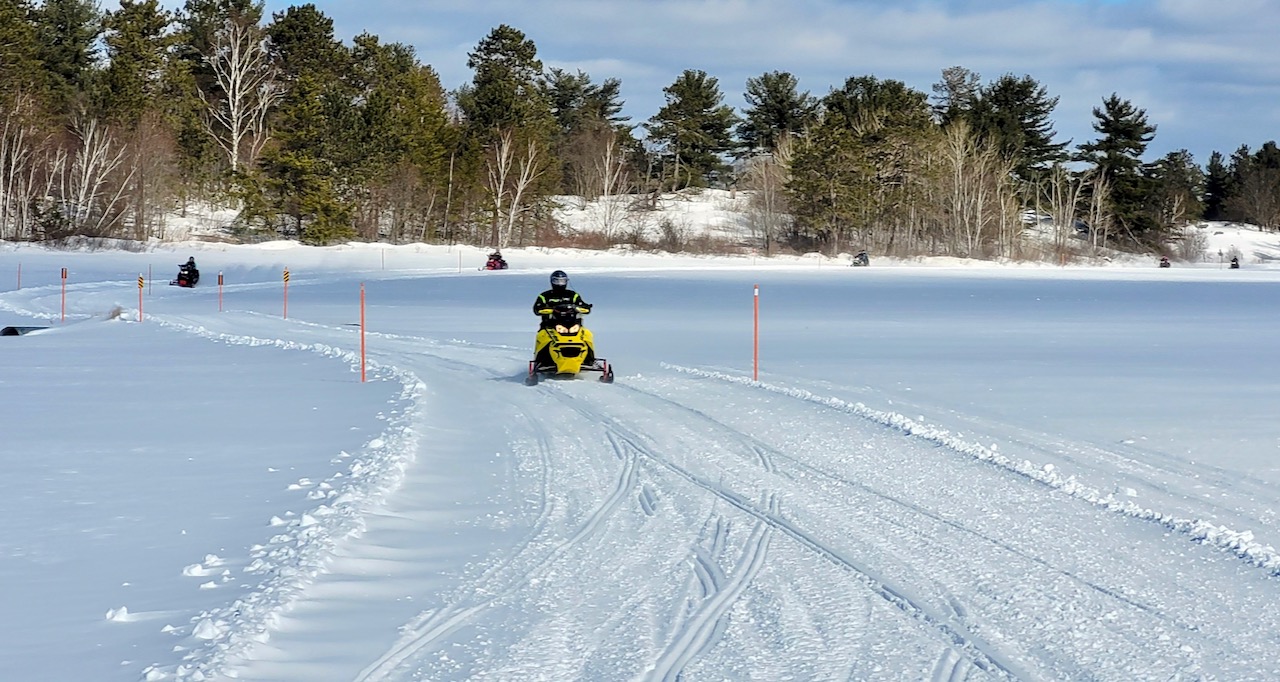
Photo Credit: Al Fletcher
Snowmobile Climate Change – What Is “Unsafe” or “Dangerous”?
If any rider makes the personal choice not to ride those available OFSC trails or not to ride them safely, it’s the rider who is dangerous and unsafe, not the available trails. As constantly reported by the OPP, the major contributing factors to snowmobiling injuries and fatalities are rider-related – excessive speed, loss of control, driving too fast for the conditions and ability impaired by alcohol or drugs. Snowmobile climate change doesn’t even make their list.
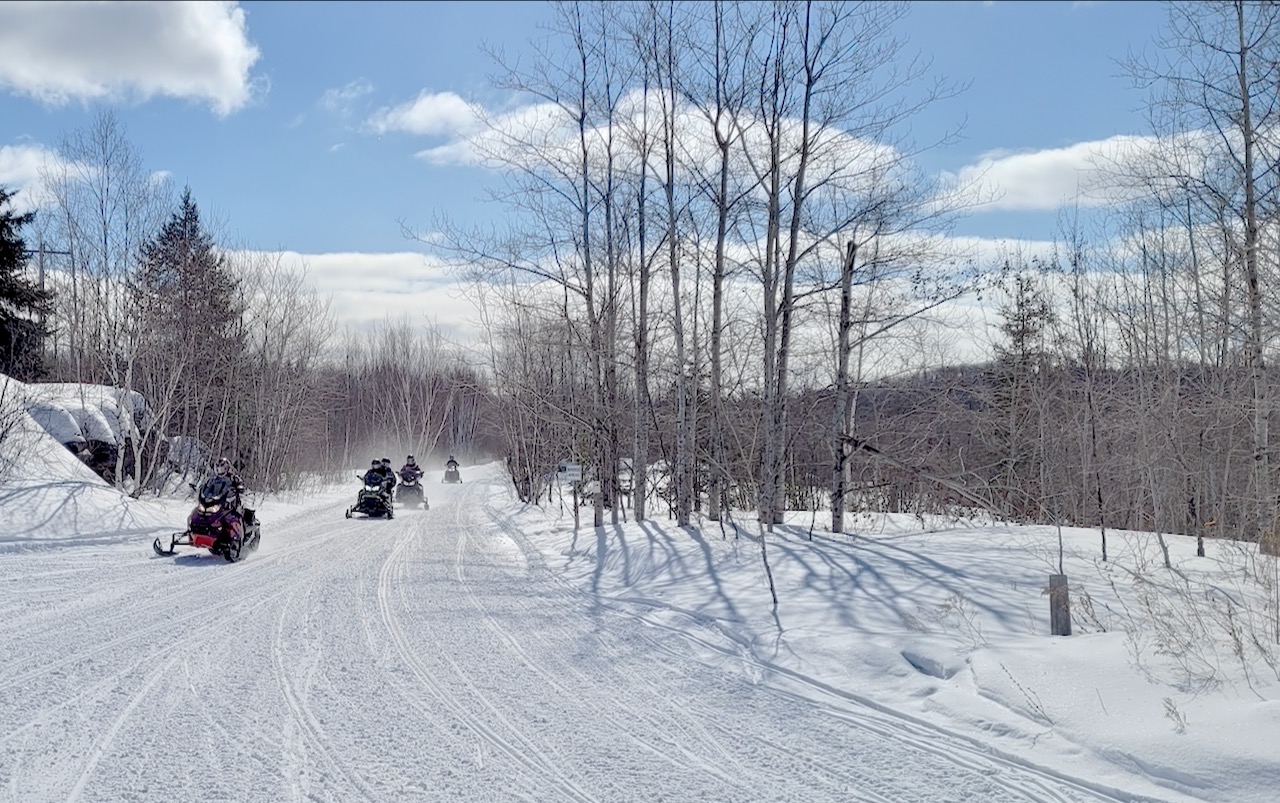
Photo Credit: Al Fletcher
Final Two Points
Ignoring the facts, the snowmobile climate change article also speculates (referring to the 13 fatalities this season) that: “Maybe that does represent an increase because we’re having the same number of deaths over a shorter period of time.” This simply isn’t true. The past season, 4 fatalities happened in January, 5 in February and 4 in March (to the 23rd) – a fairly normally spread similar to other winters that’s certainly can’t be construed as indicative of a fatality increase.
Departing from the OPP interview, the article also talked about a Quebec-based tour company in an attempt to add credence to its snowmobile climate change theory. But given that this company doesn’t do snowmobile tours in Ontario and certainly can’t speak to OFSC trails, how is their experience relevant to this story or what’s happening with OFSC trails?
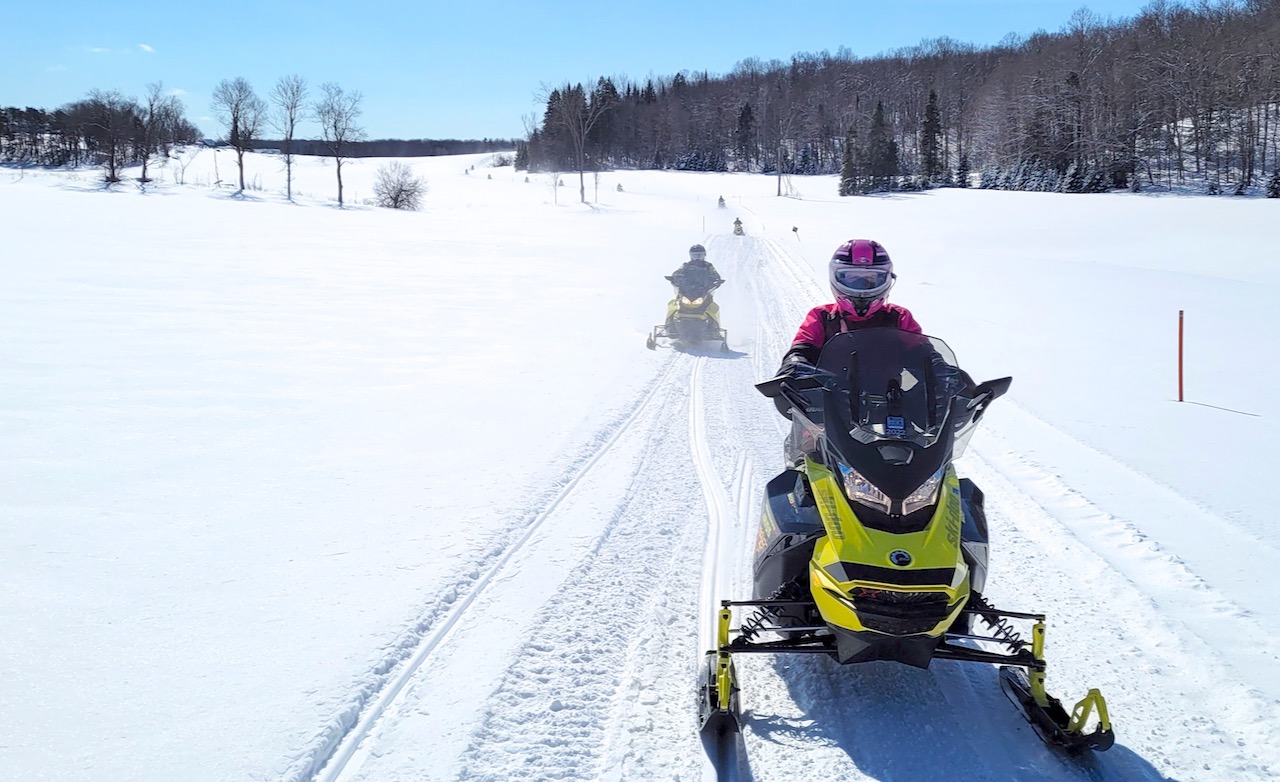
Photo Credit: Al Fletcher
My Last Word
What agenda was this snowmobile climate change article supposed to be serving? Who knows for sure, but how about giving readers some hard facts instead of just unsupported conjecture? Finally, isn’t it high time for the media to actually start doing their homework and report some good news about snowmobiling?
